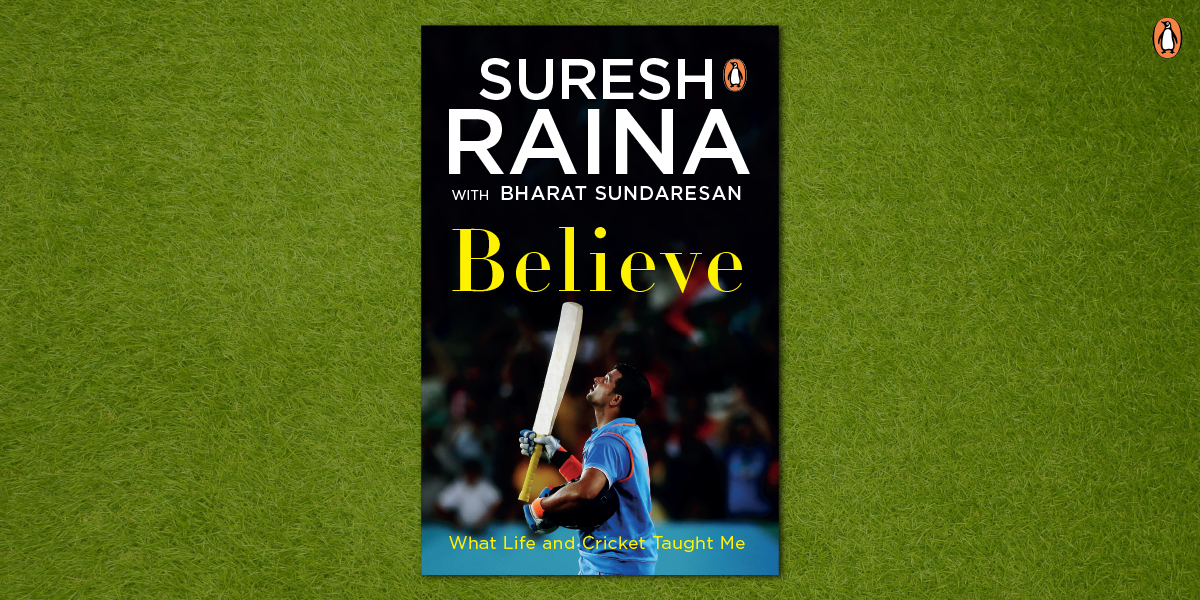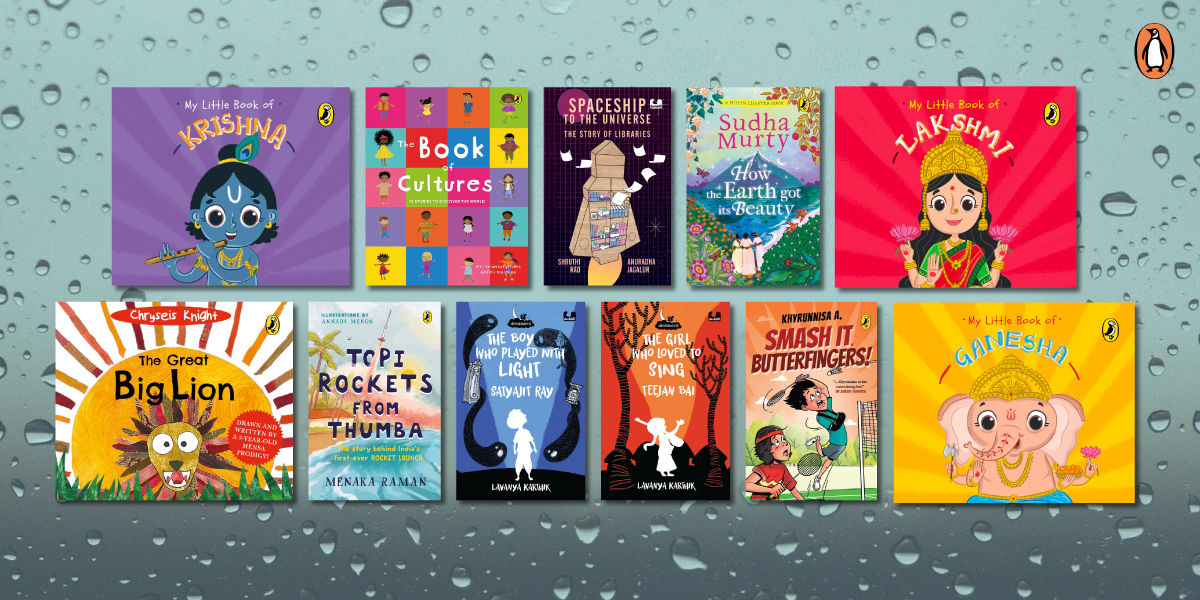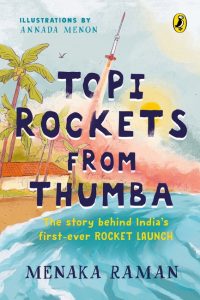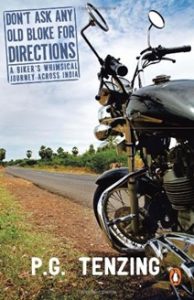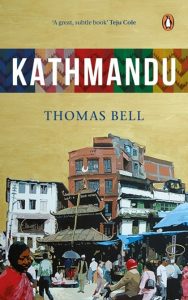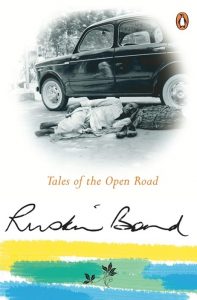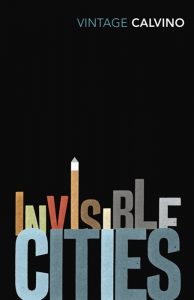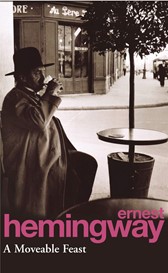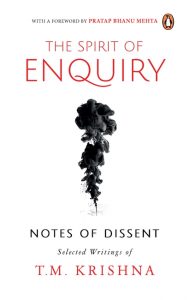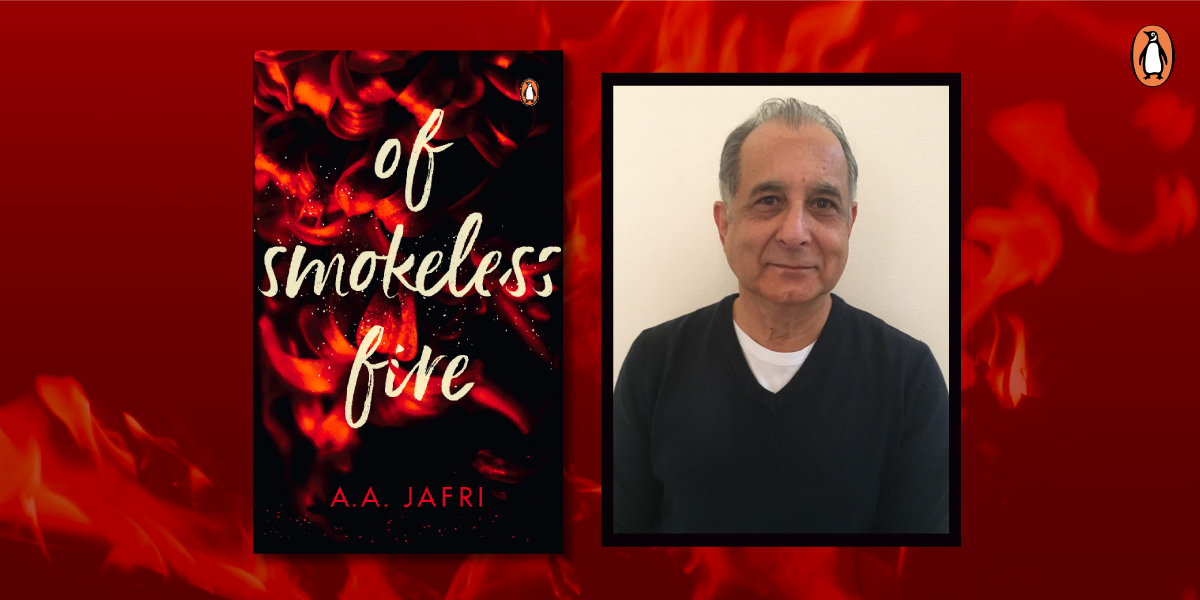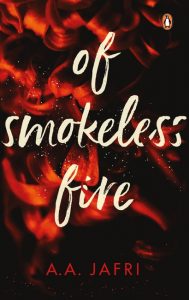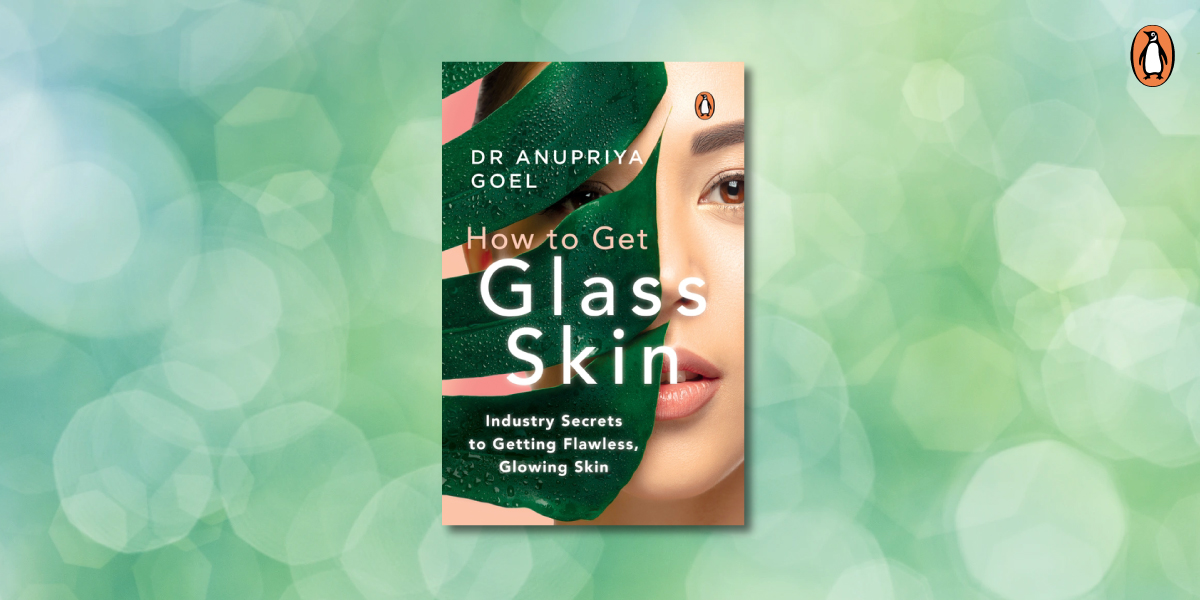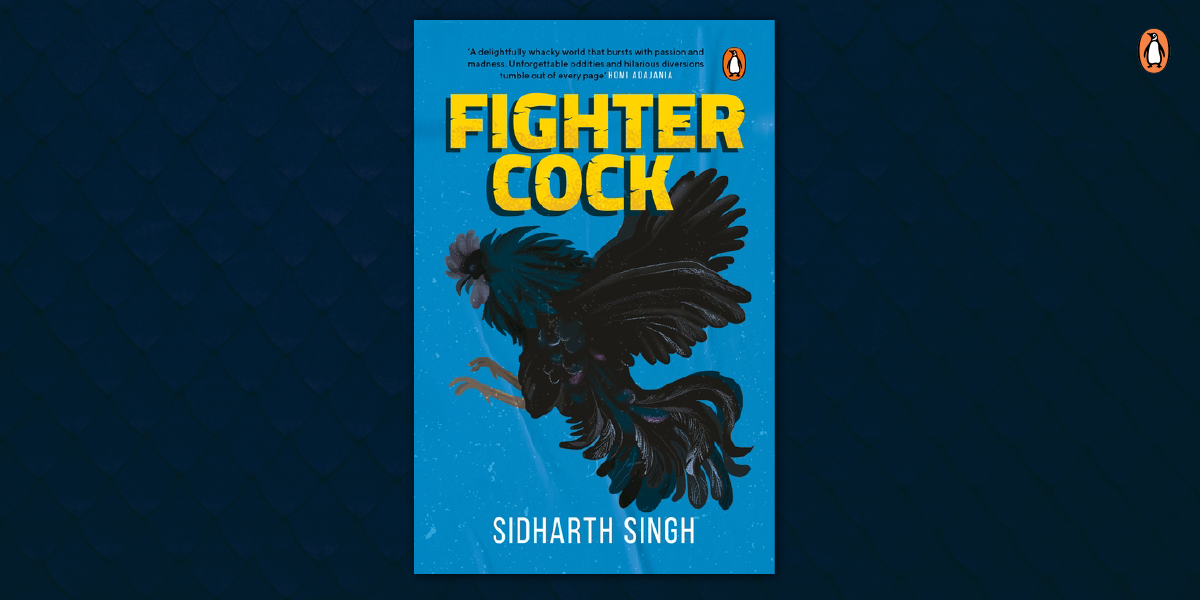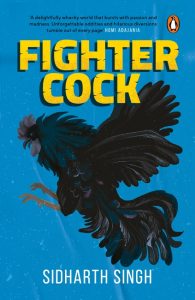In her timely masterpiece Unmasked, Paro Anand writes of despair, courage and hope. Through eighteen short stories, she introduces us to characters who feel familiar and their stories intimate.
Here’s a glimpse into the author’s mind as she delves into the subject that inspired the book.
~

Remember the song from the TV series – Orange is the New Black? Could well reflect our lives right now. Trapped, trapped, trapped…
For me, as for many, the pandemic has been a test, a trial and in some cases, a triumph.
So how did it change me as a writer? For one, I realised that I probably can never be a writer who hides away for long periods to write in glorious isolation. No. I need the excitement of beating hearts around me. I need the furious curiosity of young minds shooting questions and testing me to the limit. I need the fear I feel that teenagers will reject me and my work and words outright. I need to hear the twang and slang of young people to get their voices and language spot on. Otherwise, I am just an old-ish aunty pretending to be groovy. (see, there’s one word that is a dead giveaway.) I realised that social distancing just isn’t my thing.
So pandemic time around, where do I go, as a writer? Where do I find the life force to draw my words from?
And of course, there is only one answer. Virtually. It meant thinking, not out of the box – but differently inside the box, or the four walls of your room. To write about the outside people while being kept away from them.
For a while, I was totally trapped into inaction. And I am a writer who writes compulsively. Every day. yes, every single day. But with the world closing in on itself – and a sudden load of housework – I found myself distanced from my work. If I don’t write, the creativity tap shuts off, the muscle atrophies. Pulling myself out of ditches of real despair wasn’t easy, but it was greatly helped by the excitement mounting in my personal life. I had grandchildren coming. Three of them! The anticipation spurred me on to writing two picture books – Babies in my Heart (Dil Mein Bacha Hai ji – in Hindi) and RooRoo.
Both books are published by Ektara who had also given me a fellowship just prior to the pandemic. While having the fellowship was great – I mean, to be paid to sit home and write is every writer’s dream, but it also meant that there was tremendous pressure.
While the distractions of Nani and Dadi hood were wonderful, I was being eaten up by the need to write. Especially to write the kind of brutally honest young adult reality fiction that I am better known for and love. I need to write this genre like I need to breathe. The world was choking because of the pandemic and so was I.
There was a brutal reality taking place right outside and I wasn’t being able to come to grips with it in my writing. I realised it was because of two things that I was stuck. Firstly, I need to let a feeling, a thought ‘cook’ for a while before I can jump in. the second is the I always have a need to empower my young reader to do better, be better. Not in a moralizing way, but simply because, through my interactions, I have come to sincerely believe that if anyone can make a difference, it is young people.
But in this locked down world, how were children or anyone going to do any better when we were all trying to save our own arses?
My own children, soon to be parents, meanwhile, just pressed on. My daughter becoming very involved in relief programs for the Dharavi slums and that is what unlocked and unmasked my creative flow. The image of the high-rise, high-end flats of Mumbai with the world of shanties and chawls at their feet. Yet each was bound by a common enemy and it was coming to get us all. No one, no matter how rich or powerful was being left untouched. The help was flowing both ways, no matter who you were. There was a one-ness to the world even though we were socially distanced as never before.
It was when my three grandsons were actually safely home that I had this ah ha moment that – simply – life goes on.
I started to write stories on the pandemic – nineteen of them to signify COVID’S 19. Because of my staunch belief in young people, I placed a young girl’s poem as chapter 1. It is called “What would you do?” and it asks, no, demands positive action. The poem came from a young girl who was part of a virtual writer’s workshop I was conducting.
The stories all reflect the connectedness of us all.
The funny thing was, I was working on the manuscript during the first wave. As my agent tied up with Penguin RandomHouse and work began in earnest, the editor on the book disagreed with the title. She and the marketing team felt that, because the book was still some months away, the pandemic would be a bad memory that no one would want to remember. So we had to elude to it, but not have the dreaded word in the title. She, in fact, came up with the lovely title, Unmasked, hoping that’s how we would all be. But…well, we know that is one big BUT. With at least 3 waves.
I had my 19 stories of horror and hope and going in my mind. The way different people were responding and coping and stepping up, or going into hiding. Priya Kuriyan, the illustrator too, didn’t merely illustrate the stories, she depicted her own visions of the times. The cover, I just love for the way it ties the two worlds of the stories together. The sheer variety of experience made the subject of each story easy. And that’s when it struck me….well there is a surprise ending to the book that will make each copy of it unique and different.
Because everything in this moment in history is different pandemic time around. And though it is something we may never want to remember, this is a time that we will never be able to forget.








